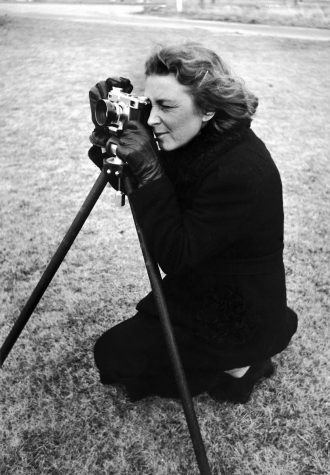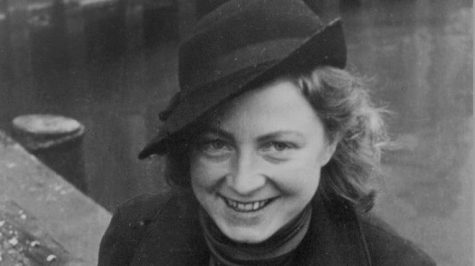Women in Photography: Hansel Meith
May 17, 2021

The groundbreaking works of Hansel Meith capture the essence of the American working class through simplistic black and white photography. Mieth, one of the first women photojournalists to ever be hired by LIFE Magazine, made a name for herself in the industry as she constantly challenged the boundaries of journalism through photography. Reflecting on her evocative and solace work, Meith’s representation of the middle class gives light to the tireless and ambitious efforts of working Americans across the country.
Life
At a very young age, Meith was exposed to an impoverished community. Growing up in Oppelsbohm, Germany in 1909, Meith (originally named Johanna Meith) was one of three daughters and was constantly involved in the Catholic Church. However, with a strict and regulated family dynamic, Meith ran away from home when she was fifteen years old. Soon, Meith

immigrated to America in 1930 to pursue her career in photojournalism alongside her fellow photographer and lover, Otto Hagel. In the first harsh years in America, Meith found work as a migrant farmworker along the west coast; there, she photographed the harsh working conditions that middle-class Americans faced every day, developing a large portfolio of emotional images.
Uneducated, Meith continued her work in photography as well as her farm labor. Meith worked primarily in the rural regions of Sacramento and San Francisco, finding all the time she could to photograph the indecent conditions of her fellow migrant laborers. From homelessness to labor strikes, Meith captured every moment she could. In the early 1930s, Meith and Hagel joined the San Francisco Film and Photography League, submitting works they had both taken and eventually selling them to magazines.
From there, Meith only succeeded. She soon became the second female photojournalist ever to be hired by LIFE Magazine in 1937. In addition to this, Meith married Otto Hagel, moved to New York City, and triumphed in the world of competitive photography. Unfortunately, as an illegal citizen, Meith eventually lost her job at LIFE and retired in Southern California, where she spent the rest of her life continuing her love of leisure photography. She died in 1998.
Gallery
Legacy
Being an immigrant and a female photographer, Hansel Meith led the movement of raw and unseen photography. She emphasized the reality of the American middle class, and through her solemn black and white images, was able to execute her work to achieve a huge accomplishment as a LIFE photojournalist. For Meith, her struggle became her key to the top as she was in the midst of this poverty crisis and labor shortage. Meith’s work continues to be proven noteworthy, as she has been compared to the notable Dorthea Lange, with her works involving poverty and homelessness.
Meith’s legacy continues to shine in the Center for Creative Photography (CCP), where her full archive thrives. Additionally, Meith’s story is captured in a documentary, Hansel Mieth: Vagabond Photographer directed by Nancy Schiesari on PBS.
Quote
“To be a good photographer, you must feel what people feel when they are down.” – Hansel Meith



